Previous Day - Next Day
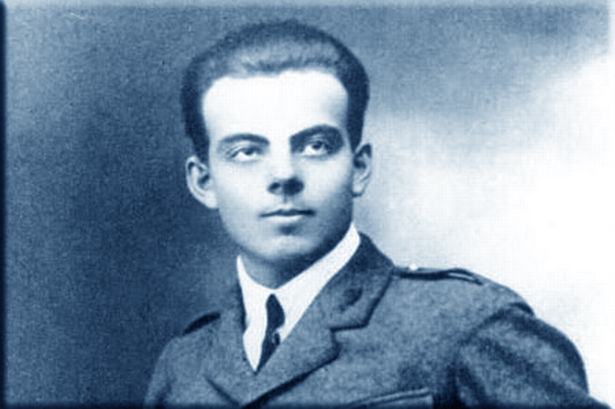
“True love is inexhaustible; the more you give, the more you have.”
~ Antoine De Saint-Exupery
Wikiquote (Antoine De Saint-Exupery (June 29, 1900 – July 31, 1944) was a French writer, poet and aviator.)
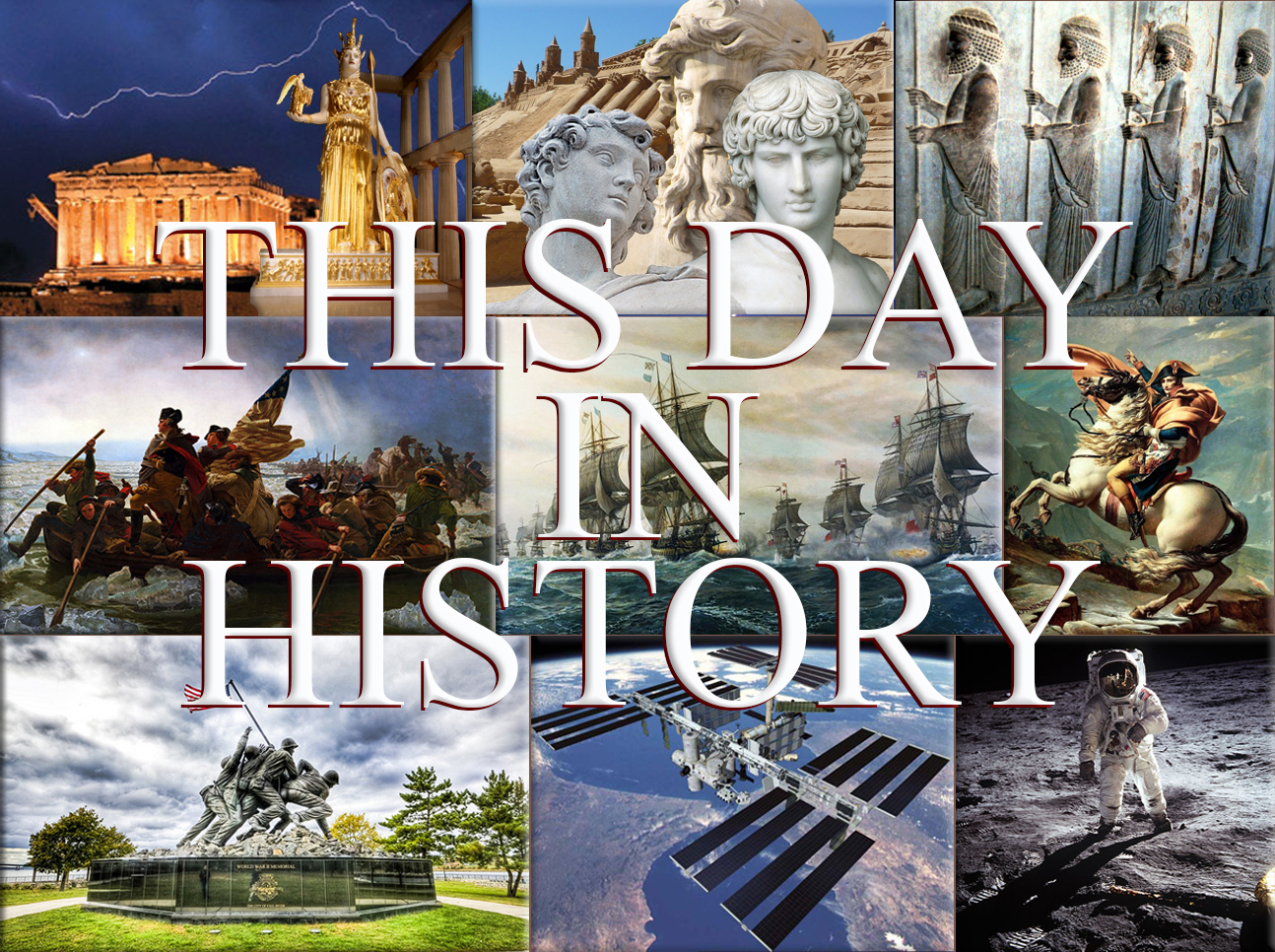
February 14th, 269

Valentine's Day (The Dark Origins): Though no one has pinpointed the exact origin of the holiday, one good place to start is ancient Rome.
Wikipedia Image: Valentine's Day; Saint Valentine of Terni and his disciples ● Antique Valentine's greeting card showing Cupid, 1909.
February 14th, 842
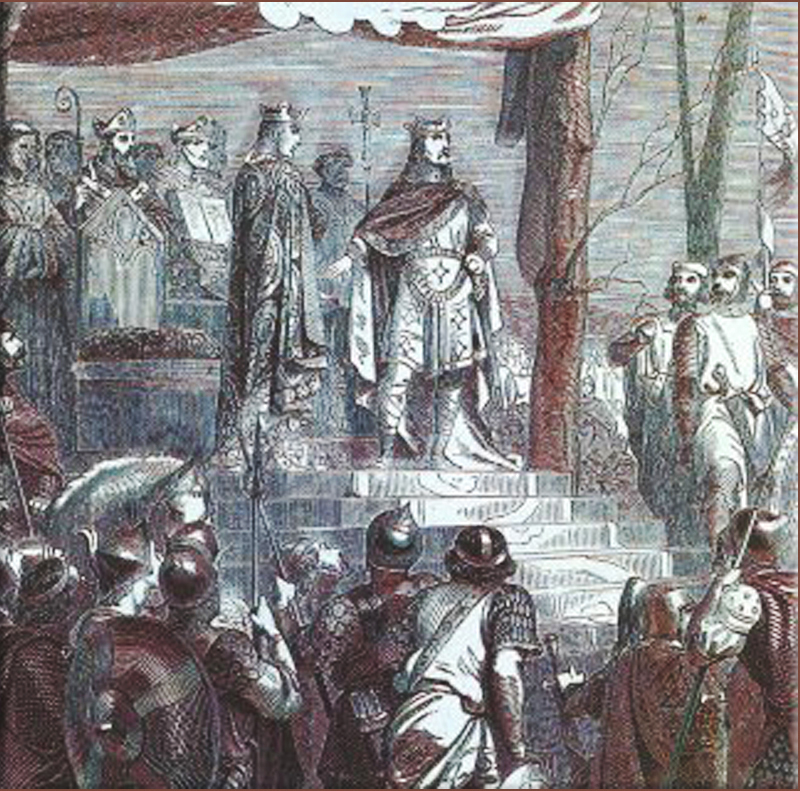
Louis the German (ruler of East Francia) and his half-brother Charles the Bald (ruler of West Francia) and swear the Oaths of Strasbourg in the French and German languages.
Wikipedia Painting: Mutual pledges of allegiance between Charles the Bald and Louis the German swear the Oaths of Strasbourg in the French and German languages.
February 14th, 1014
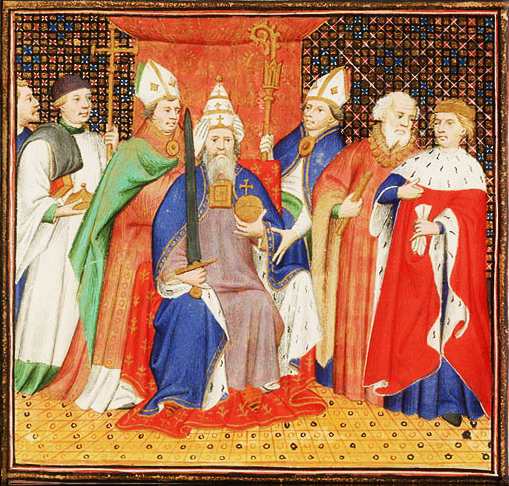
Pope Benedict VIII crowns Henry of Bavaria, King of Germany and of Italy as Holy Roman Emperor.
Wikipedia Paining: Henry II, Holy Roman Emperor.
February 14th, 1076
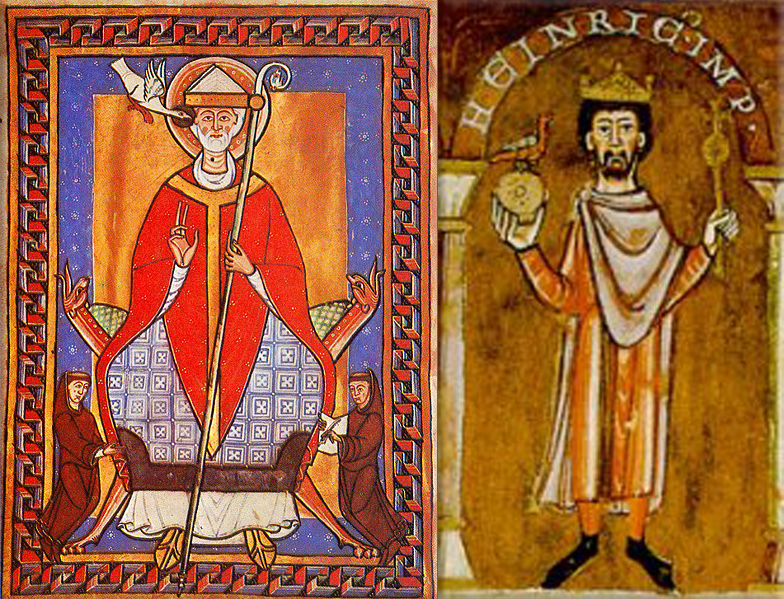
Pope Gregory VII excommunicates Henry IV, Holy Roman Emperor.
Wikipedia Image: Pope Gregory VII excommunicates Henry IV, Holy Roman Emperor.
February 14th, 1349
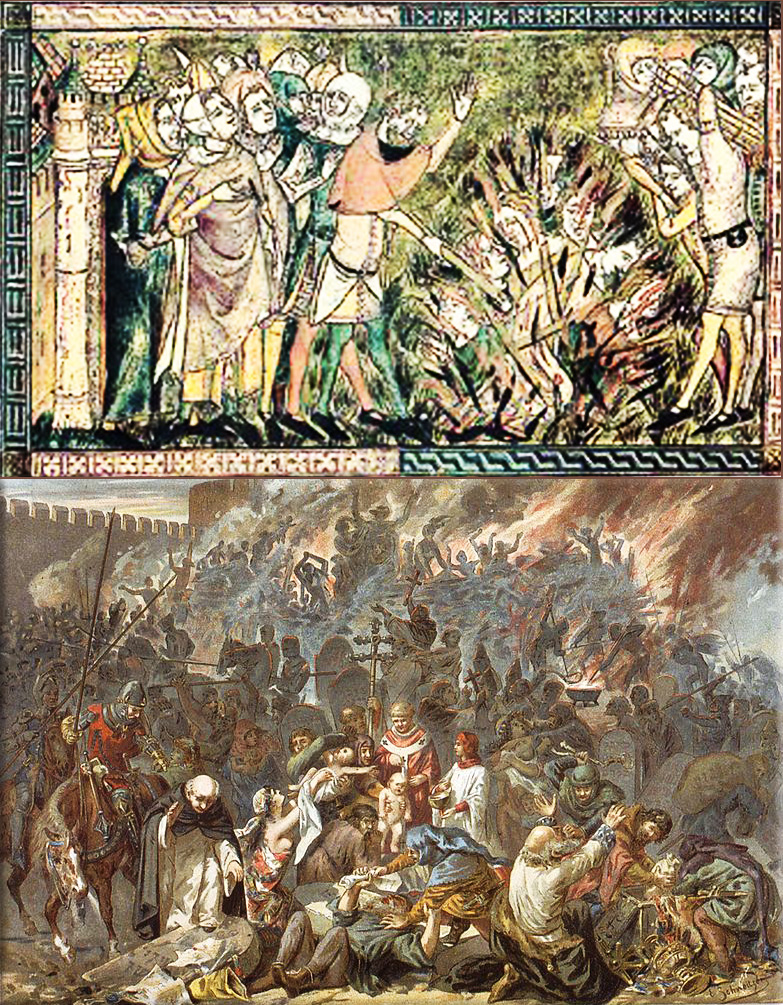
Strasbourg massacre: Several hundred Jewsare burned to death by mobs while the remainder of their population is forcibly removed from the city of Strasbourg.
Wikipedia Image: Strasbourg massacre; Contemporary drawing of Jews being burned to death during the Black Death persecutions ● Pogrom of Strasbourg by Emile Schweitzer.
February 14th, 1556
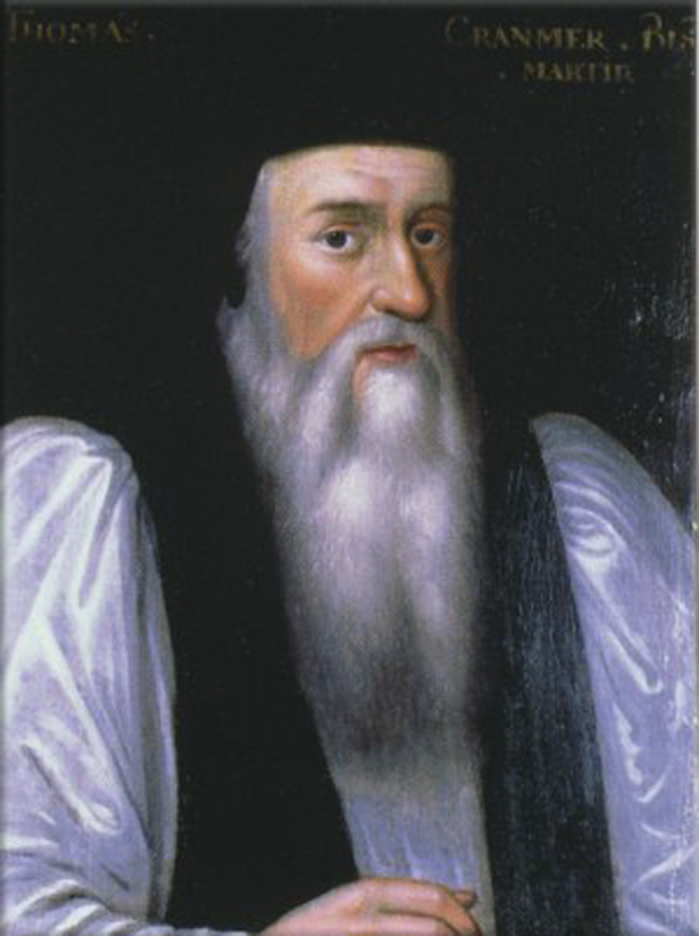
Thomas Cranmer, Archbishop of Canterbury is declared a heretic.
Wikipedia Painting: Thomas Cranmer, Archbishop of Canterbury, Portrait after Henry VIII's death by an unknown artist.
February 14th, 1778
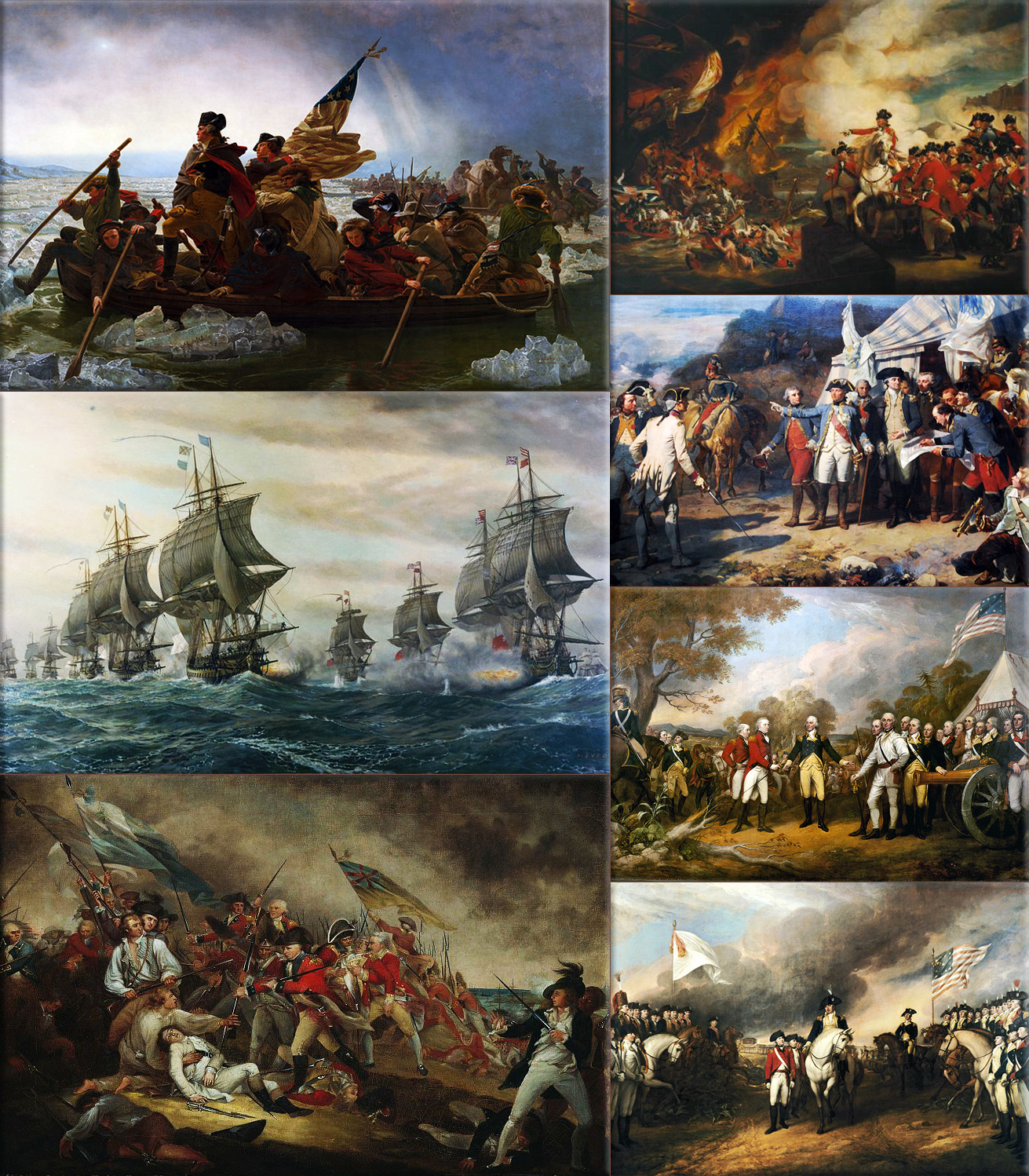
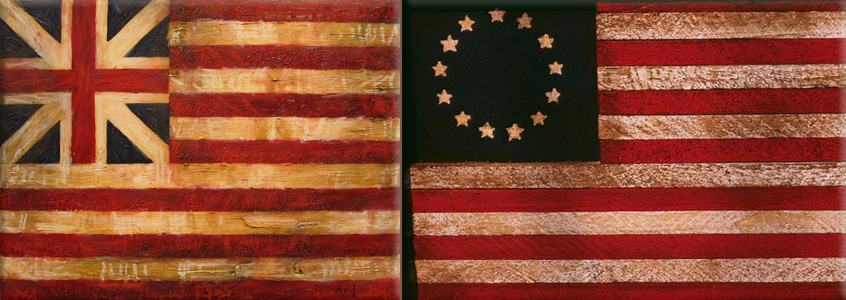
American Revolutionary War:
1778 - The United States Flag is formally recognized by a foreign naval vessel for the first time, when French Admiral Toussaint-Guillaume Picquet de la Motte rendered a nine gun salute to USS Ranger, commanded by John Paul Jones.
1779 - The Battle of Kettle Creek; is fought in Georgia.
Wikipedia Paintings: Washington Crossing the Delaware, by Emanuel Leutz; Battle of the Chesapeake, French (left) and British (right) lines; Battle of Bunker Hill, The Death of General Warren at the Battle of Bunker Hill by John Trumbull; The Defeat of the Floating Batteries at Gibraltar, September 13, 1782, by John Singleton Copley; Washington and the Comte de Rochambeau at Yorktown, 1781; "The surrender at Saratoga" shows General Daniel Morgan in front of a French de Vallière 4-pounder; Surrender of Cornwallis at Yorktown by (John Trumbull, 1797).
Grand Union - Stars and Stripes Flag
February 14th, 1779
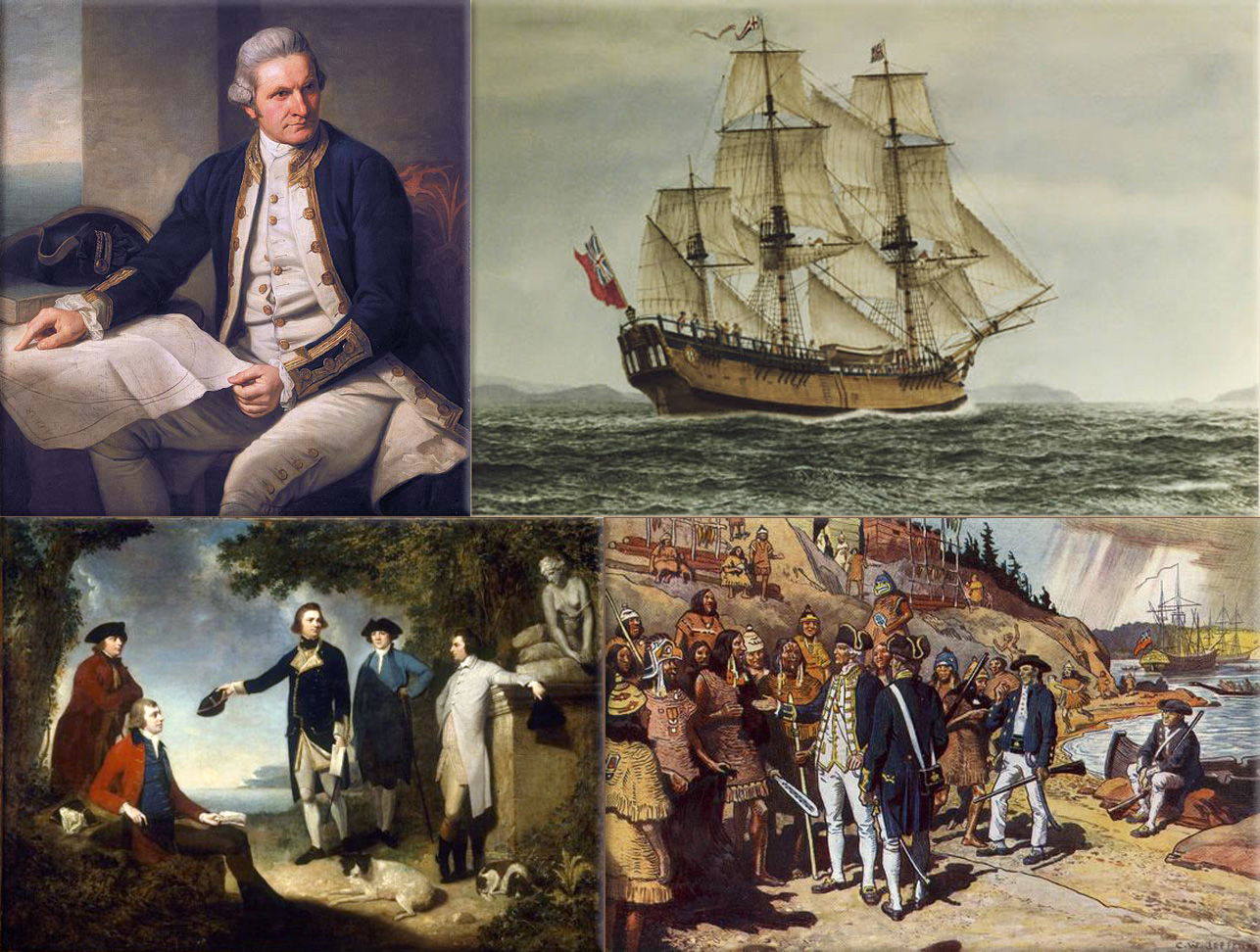
British Captain James Cook is killed by Native Hawaiians, near Kealakekua on the Island of Hawaii.
Wikipedia Painting: James Cook, portrait by Nathaniel Dance-Holland, c. 1775, National Maritime Museum, Greenwich; British explorer James Cook's ship was named the HMS Endeavour; Captain James Cook, Sir Joseph Banks, Lord Sandwich, Dr Daniel Solander and Dr John Hawkesworth, credit National Library of Australia (NLA) digital collections; Captain James Cook (1728-1779) is shown meeting Nootka leader Muquinna (died 1798) at Nootka Sound on what is now Vancouver Island, in 1778, during his explorations of Canada’s northwest coast, credit Canadian Military History.
February 14th, 1797

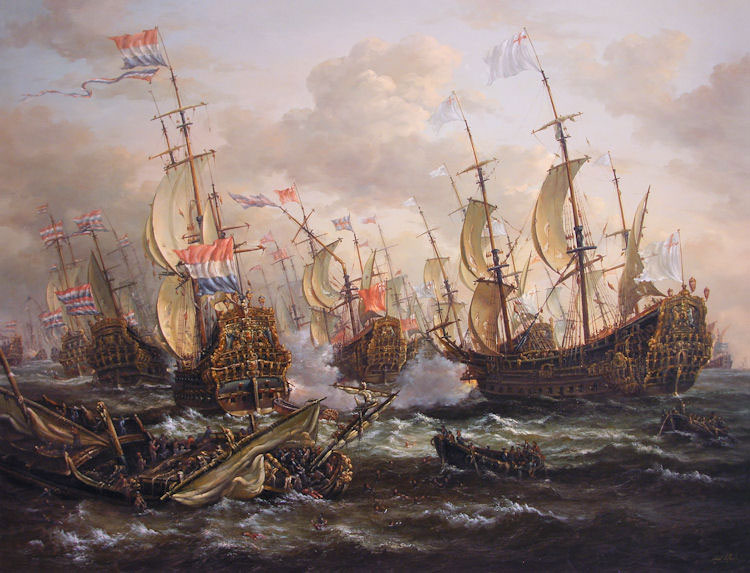
French Revolutionary Wars / Napoleonic Wars:
1797 - Battle of Cape Saint Vincent; John Jervis, (later 1st Earl of Saint Vincent) and Horatio Nelson (later 1st Viscount Nelson) lead the British Royal Navy to victory over a Spanish fleet in action near Gibraltar.
Wikipedia Painting: Battle of Trafalgar: The British HMS Sandwich fires to the French flagship Bucentaure (completely dismasted) in the battle of Trafalgar;
Napoleon in Berlin (Meynier). After defeating Prussian forces at Jena, the French Army entered Berlin on 27 October 1806;
Battle of the Bridge of Arcole Napoleon Bonaparte leading his troops over the bridge of Arcole, by Horace Vernet;
Napoleon as King of Italy (Appiani);
Napoleon Crossing the Alps (David). In 1800 Bonaparte took the French Army across the Alps, eventually defeating the Austrians at Marengo;
Charge of the Russian Imperial Guard cavalry against French cuirassiers at the Battle of Friedland, 14 June 1807;
Battle of Borodino as depicted by Louis Lejeune. The battle was the largest and bloodiest single-day action of the Napoleonic Wars;
Napoleon's withdrawal from Russia, a painting by Adolph Northen;
Wellington at Waterloo by Robert Alexander Hillingford;
Napoleon is often represented in his green colonel uniform of the Chasseur à Cheval, with a large bicorne and a hand-in-waistcoat gesture.
Battle of the Nile (Battle of Aboukir Bay).
February 14th, 1859
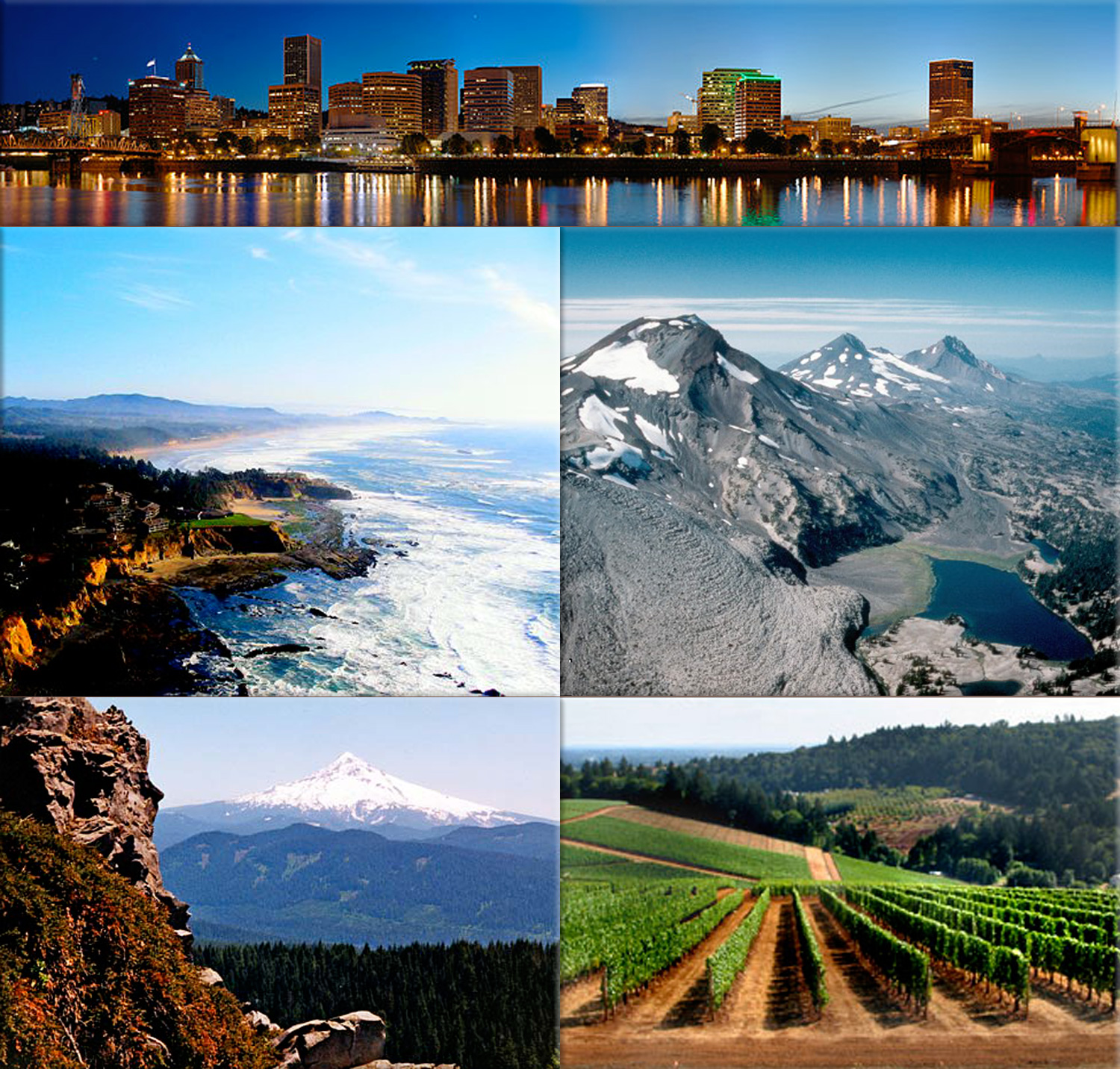
Oregon is admitted as the 33rd U.S. state.
Wikipedia Photo: Oregon; Portland Night panorama ● The Oregon Coastline ● Aerial view, the Three Sisters volcanoes in Oregon ● Mount Hood dominates the Cascade skyline of Portland Oregon. ● Goldschmidt Vineyard, Oregon.
February 14th, 1876
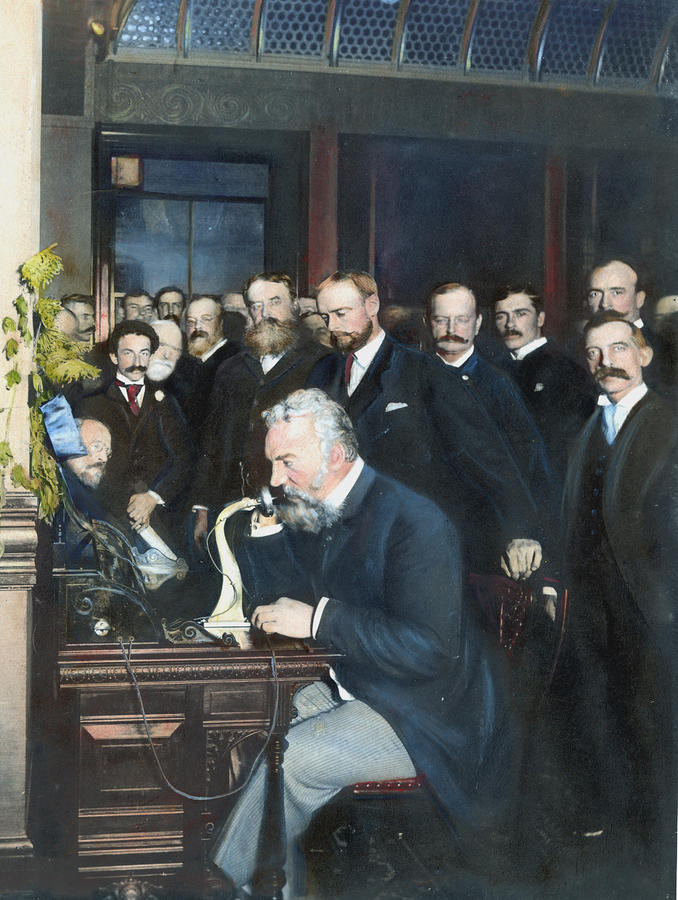
Alexander Graham Bell applies for a patent for the telephone, as does Elisha Gray.
Wikipedia.org Photo: Alexander Graham Bell, credit Fine Art Print - Granger.
February 14th, 1899

Voting machines are approved by the United States Congress for use in federal elections.
Wikipedia.org Photo: Voting machines; The Votomatic vote recorder, a punched card voting machine originally developed in the mid 1960s ● The Chad was made famous in the highly contentious 2000 United States presidential election where many of Florida votes used Votomatic style punched card ballots.
February 14th, 1900
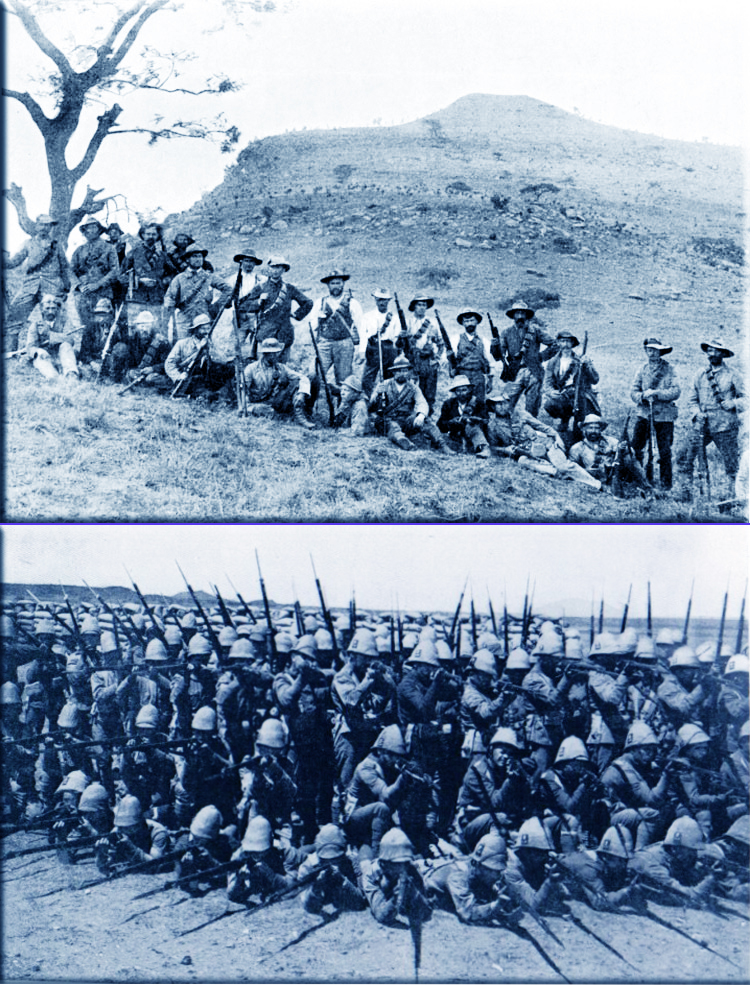
Second Boer War: South Africa, 20,000 British troops invade the Orange Free State.
Wikipedia Photo: Second Boer War; (Dutch: Tweede Boerenoorlog, Afrikaans: Tweede Vryheidsoorlog or Tweede Boereoorlog) was fought from 11 October 1899 until 31 May 1902 between the British Empire and the Afrikaans-speaking Dutch settlers of two independent Boer republics, the South African Republic (Transvaal Republic) and the Orange Free State.
February 14th, 1912

Arizona is admitted as the 48th U.S. state.
Wikipedia Photo: Arizona is noted for its desert climate in its southern half, where there are very hot summers and quite mild winters. The northern half of Arizona also features forests of pine, Douglas fir, and spruce trees, a very large, high plateau (the Colorado Plateau) and some mountain ranges—such as the San Francisco Mountains—as well as large, deep canyons, where there is much more moderate weather for three seasons of the year, plus significant snowfalls.
February 14th, 1918
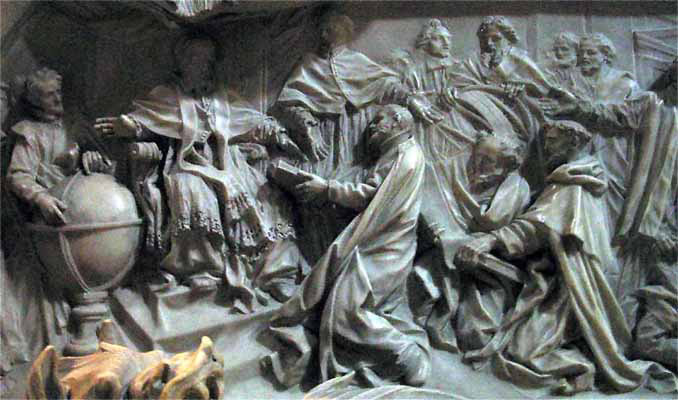
Russia adopts the Gregorian Calendar (on 1 February according to the Julian calendar).
Wikipedia Image: Detail of the tomb of Pope Gregory XIII celebrating the introduction of the Gregorian calendar.
February 14th, 1919
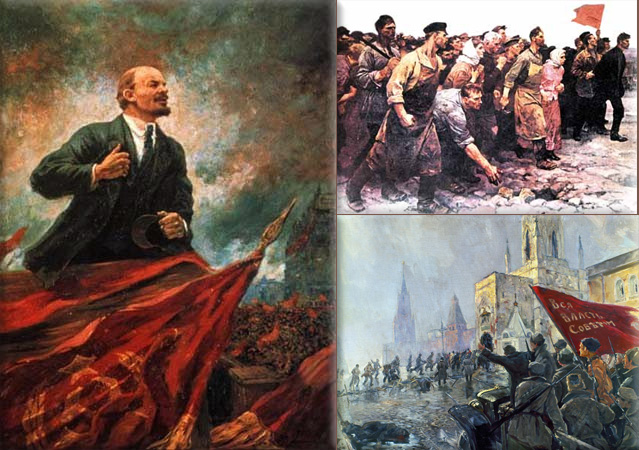
Russian Revolution:
1919 - The Polish-Soviet War; begins.
Wikipedia Image: The Russian Revolution is the collective term for a series of revolutions in Russia in 1917, which destroyed the Tsarist autocracy and led to the creation of the Soviet Union.
February 14th, 1920
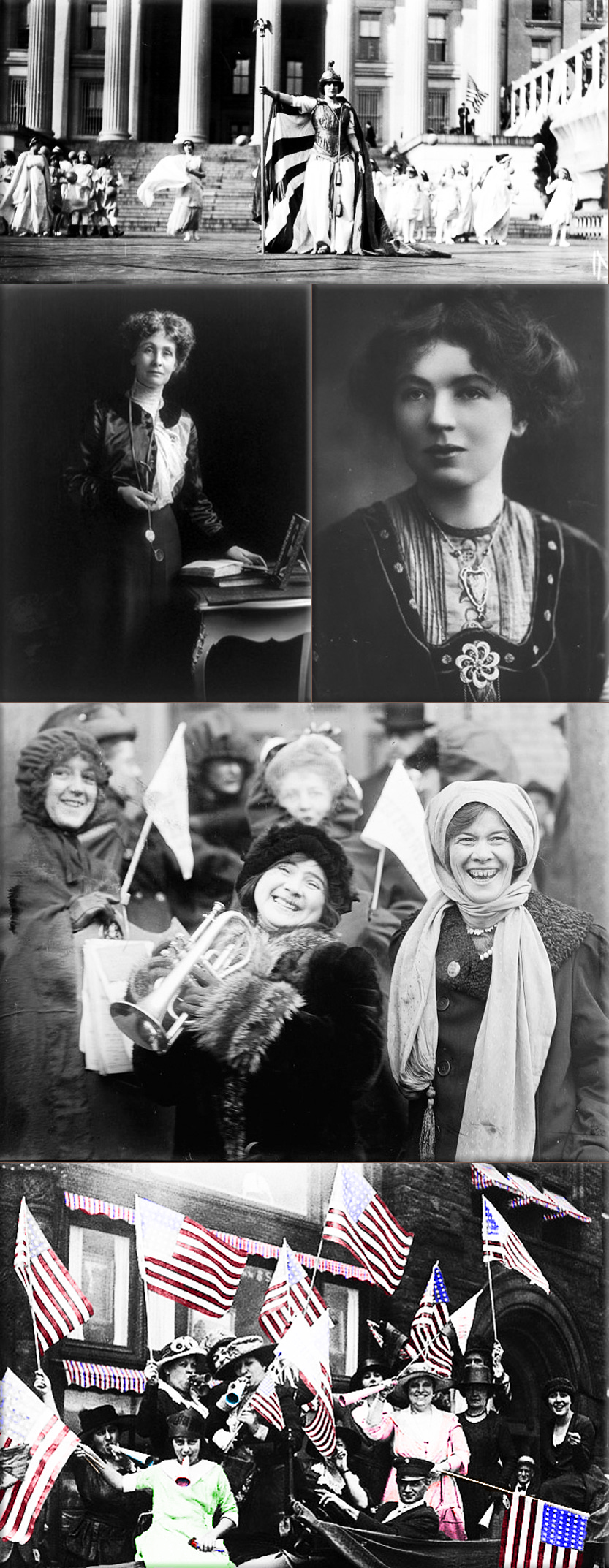
Woman's suffrage:
1920 - The League of Women Voters is founded in Chicago, Illinois.
Wikipedia Photo: Woman's suffrage: in the United Kingdom and United States, credit Library of Congress ● Emmeline Pankhurst (100 Most Important People of the 20th Century) ● Christabel Pankhurst ● Women suffragists demonstrating for the right to vote, February 1913 ● Nineteenth Amendment to the United States Constitution became law on August 26, 1920, and women could vote in the Presidential election.
February 14th, 1924

The Computing-Tabulating-Recording Company changes its name to International Business Machines Corporation (IBM).
Wikipedia Image: Logo since 1972, designed by Paul Rand. credit Scott Eells, Bloomberg.
February 14th, 1929
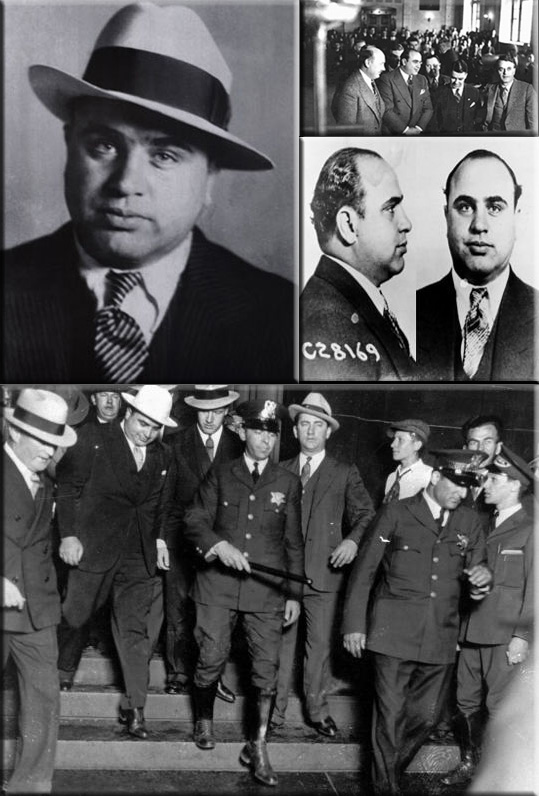
Saint Valentine's Day Massacre: Seven people, six of them gangster rivals of Al Capone's gang, are murdered in Chicago, Illinois.
Wikipedia Photo: Al Capone Chicago Gangster; Historic courtroom at 2600 S. California Avenue, Chicago, IL; Al Capone (in white hat) emerged from a federal building in Chicago after his trial on Dec. 10, 1931. The gangster was convicted of five counts of tax evasion and failing to file a return. Associated Press.
February 14th, 1942
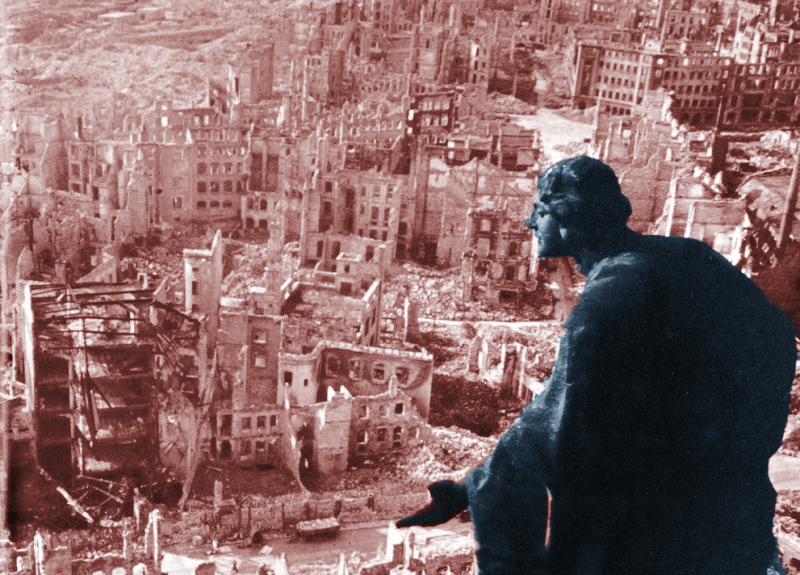

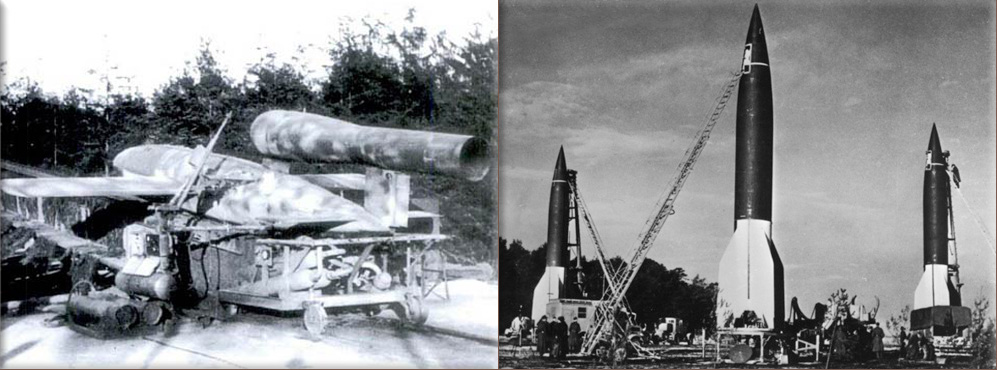
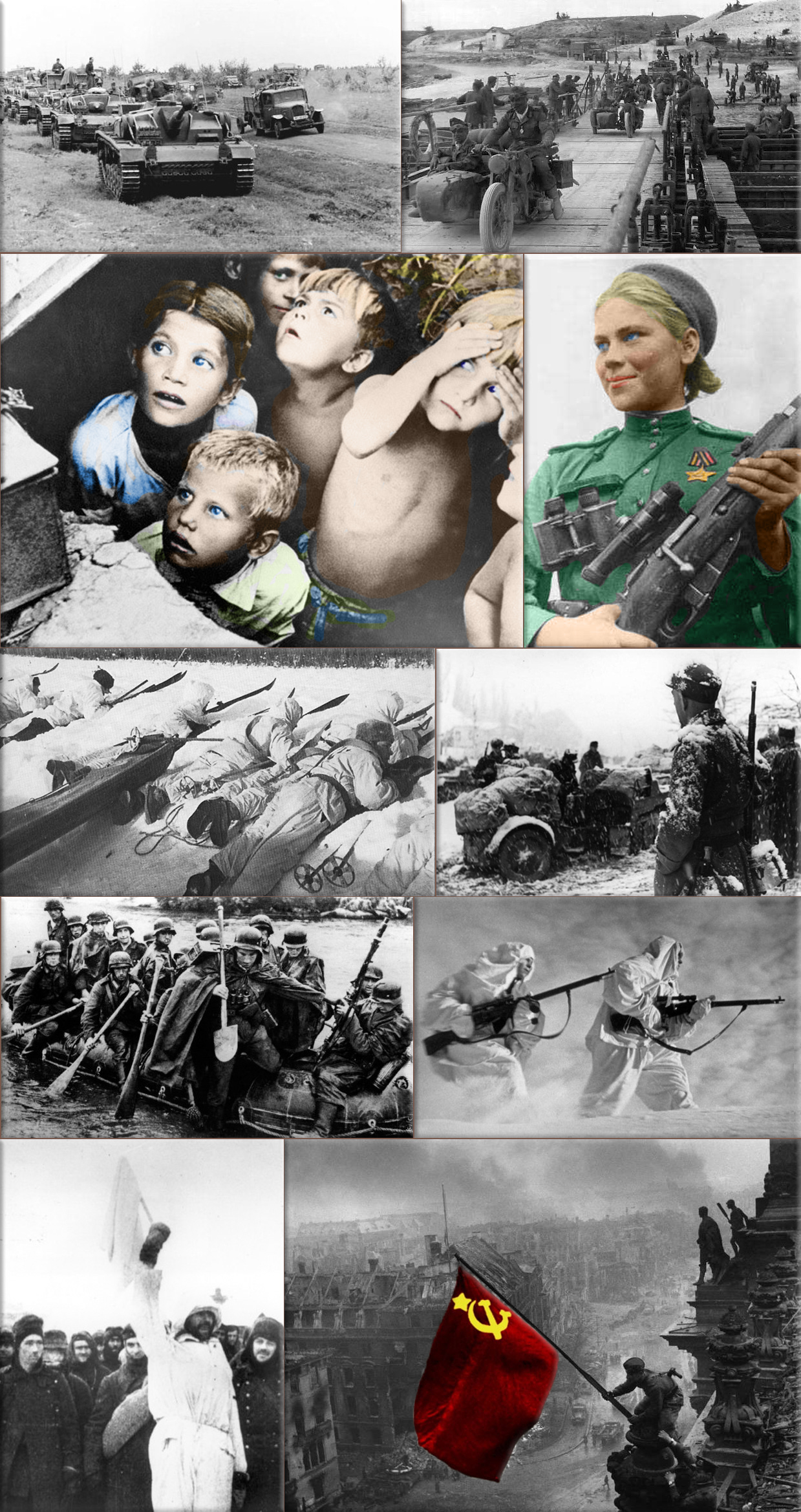
World War II:
1942 - Battle of Pasir Panjang; contributes to the fall of Singapore.
1943 - Rostov-on-Don; Russia is liberated.
1943 - Tunisia Campaign; Battle of Sidi Bou Zid - General Hans-Jurgen von Arnim Fifth Panzer Army, launches a concerted attack against Allied positions in Tunisia.
1944 - Anti-Japanese revolt on Java.
1945 - Bombing of Dresden; Royal Air Force and the United States Army Air Forces begin fire-bombing Dresden, Germany the capital of the German state of Saxony.
1945 - Bombing of Prague; Vistula–Oder Offensive - Navigational error leads to the mistaken bombing of Prague, Czechoslovakia by an American squadron of B-17s assisting in the Soviet's .
1945 - Mostar is liberated by Yugoslav partisans.
1945 - President Franklin D. Roosevelt meets with King Ibn Saud of Saudi Arabia aboard the USS Quincy, officially starting the U.S.-Saudi diplomatic relationship.
Post World War II:
1946 - The Bank of England is nationalized.
1949 - The Knesset (Israeli parliament) convenes for the first time.
1949 - The Quiet Revolution; Asbestos Strike - begins in Quebec, Canada.
Wikipedia Photo: Bombing of Dresden in World War II; August Schreitmüller's sculpture 'Goodness' surveys Dresden after a firestorm started by Allied bombers in 1945.
USS Bunker Hill was hit by kamikazes piloted by Ensign Kiyoshi Ogawa and another airman on 11 May 1945. 389 personnel were killed or missing from a crew of 2,600; Ensign Kiyoshi Ogawa, who flew his aircraft into the USS Bunker Hill during a Kamikaze mission on 11 May 1945; Kamikaze Missions - Lt Yoshinori Yamaguchi's Yokosuka D4Y3 (Type 33 Suisei) "Judy" in a suicide dive against USS Essex. The dive brakes are extended and the non-self-sealing port wing tank is trailing fuel vapor and/or smoke 25 November 1944.
German V1 flying-bomb and V2 Rockets - Preparations for a Salvo Launch of V-2 Rockets in the Heidelager near Blizna (Poland) (1944), credit German History in Documents and Images GHDI.
Eastern Front (World War II); Germans race towards Stalingrad. August 1942; Soviet children during a German air raid in the first days of the war, June 1941, by RIA Novosti archive; Soviet sniper Roza Shanina in 1944. About 400,000 Soviet women served in front-line duty units Caucasus Mountains, winter 1942/43; Finnish ski patrol: the invisible enemy of the Soviet Army with an unlimited supply of skis; Men of the German Engineers Corps cross a river which is swollen after the first autumn rains, to strengthen bridges linking the German positions on the central front in Russia. by Keystone / Getty Images. October 1942; Russian snipers fighting on the Leningrad front during a blizzard. Photo by Hulton Archive / Getty Images, 1943; German soldiers surrendering to the Russians in Stalingrad, the soldier holding the white flag of surrender is dressed in white so that there could be no doubt of his intentions, a Russian soldier is on the right of the photograph. by Keystone / Getty Images, January 1943.
February 14th, 1950
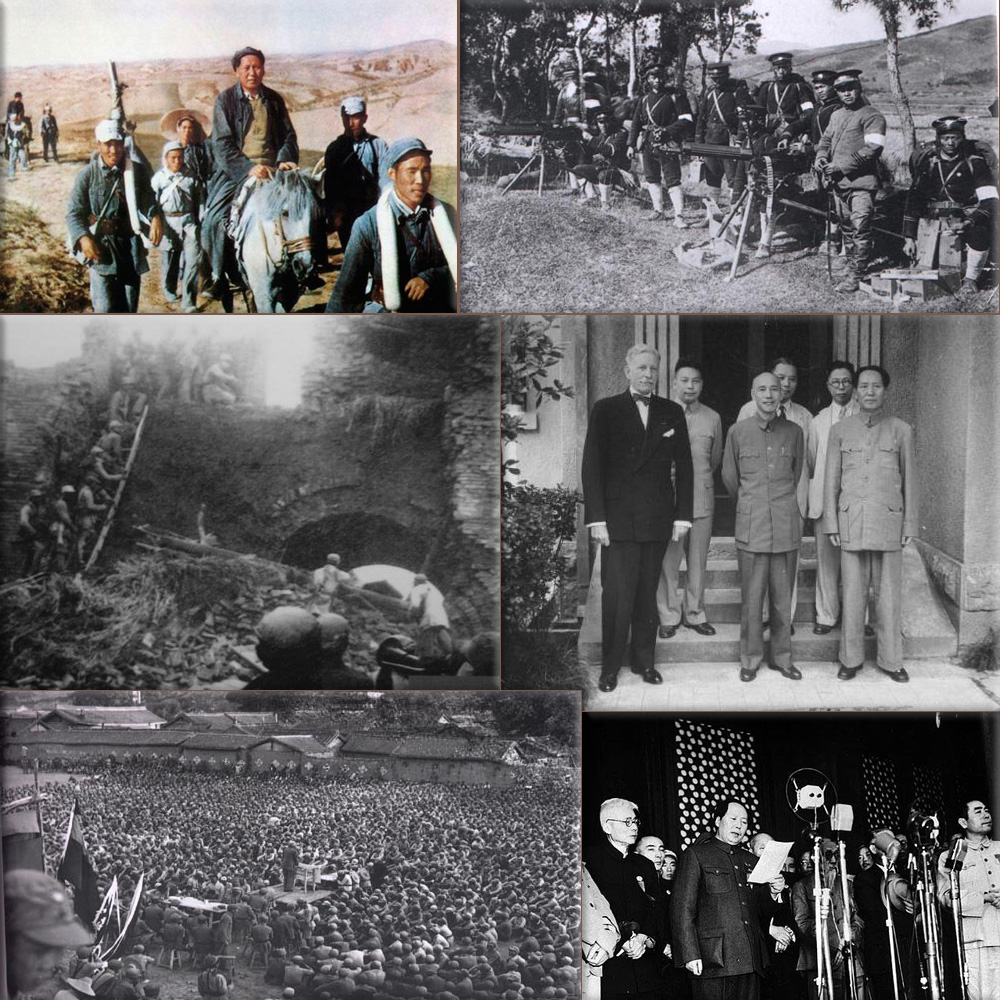
Chinese Civil War:
1950 - Battle of Tianquan; The National Revolutionary Army is unsuccessful against the People's Liberation Army.
Wikipedia Photo: In 1934, Mao Zedong headed the Long March. The Long March was when the Chinese Nationalists, led by Chiang Kai-shek, forced the Chinese Communists, led by Mao Zedong, on a march to the caves of Shaanxi. (colorized); Government soldiers train with modern machine guns; People's Liberation Army attacking government defensive positions in Shangtang; US diplomat Patrick J. Hurley, Chiang Ching-kuo, Chiang Kai-shek, Chang Ch'ün, Wang Shi Jie (王世杰), Mao Zedong; A Communist leader addressing Long March survivors; The PLA enters Beijing in the Pingjin Campaign and control the later capital of PRC.
February 14th, 1956
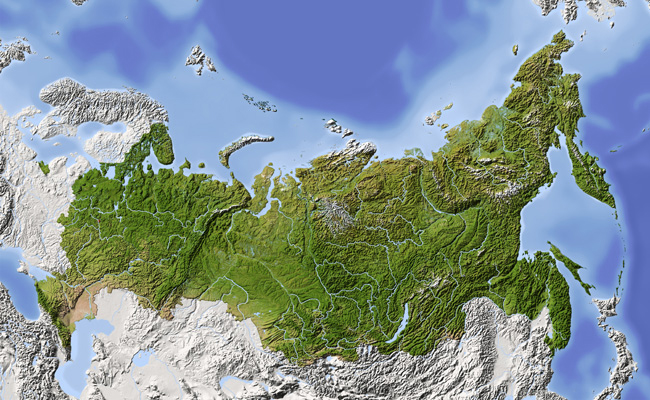
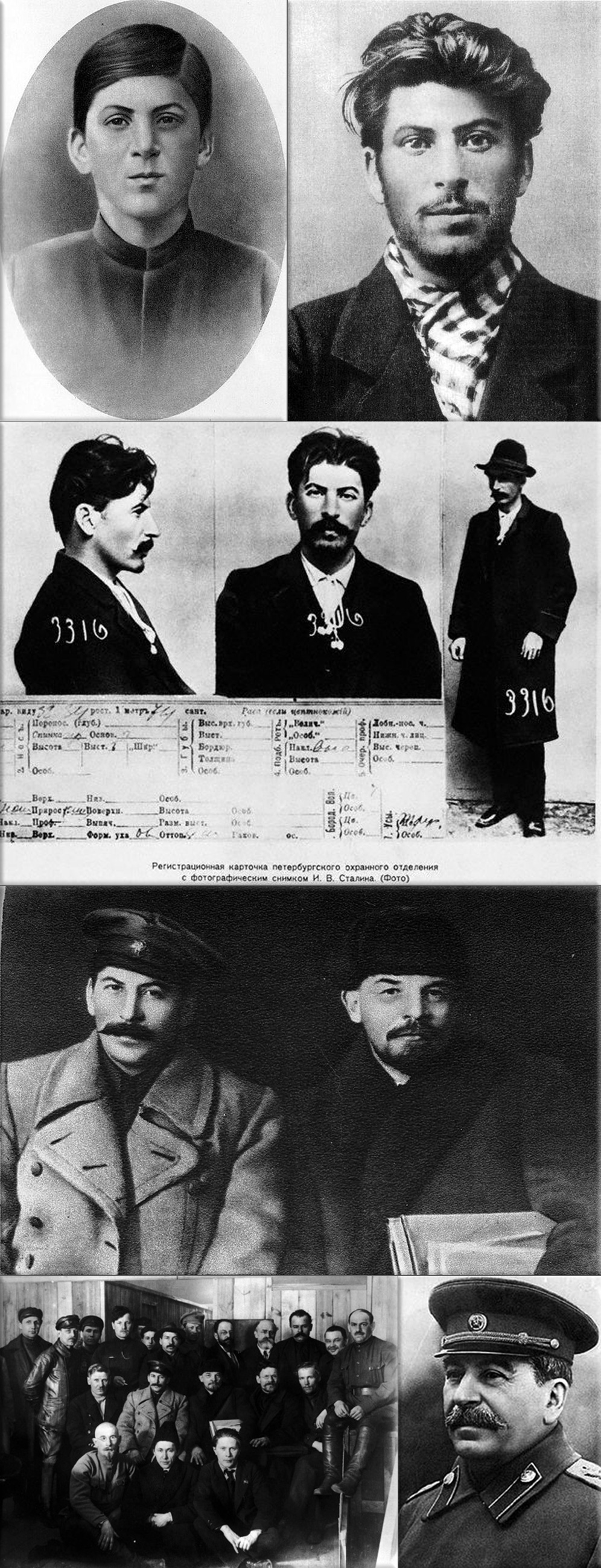
The XX Congress of the Communist Party of the Soviet Union begins in Moscow - On the last night of the meeting, Premier Nikita Khrushchev condemns Joseph Stalin's crimes in a secret speech.
Wikipedia Image: Russia Satellite Map.
Wikipedia Photo: Joseph Vissarionovich Stalin (December 18, 1878 – March 5. 1953) was the Premier of the Soviet Union from 6 May 1941 until his death in 5 March 1953 ● Young Ioseb, 1894, aged 16 (left) and 23 (right) 1902 ● Prior to the revolution of 1917, Stalin played an active role in fighting the tsarist government. Here he is shown on a 1911 information card from the files of the Tsarist secret police in Saint Petersburg ● Stalin and Vladimir Lenin in 1919 ● A group of participants in the 8th Congress of the Russian Communist Party, 1919. In the middle are Stalin, Vladimir Lenin, and Mikhail Kalinin. ● Stalin in 1941, about 63 years of age.
February 14th, 1961

Discovery of the chemical elements: Element 103, Lawrencium, is first synthesized at the University of California.
Wikipedia Image: Periodic table is a tabular display of the chemical elements, organized on the basis of their atomic numbers, electron configurations, and recurring chemical properties (Elements are presented in order of increasing atomic number)
February 14th, 1962
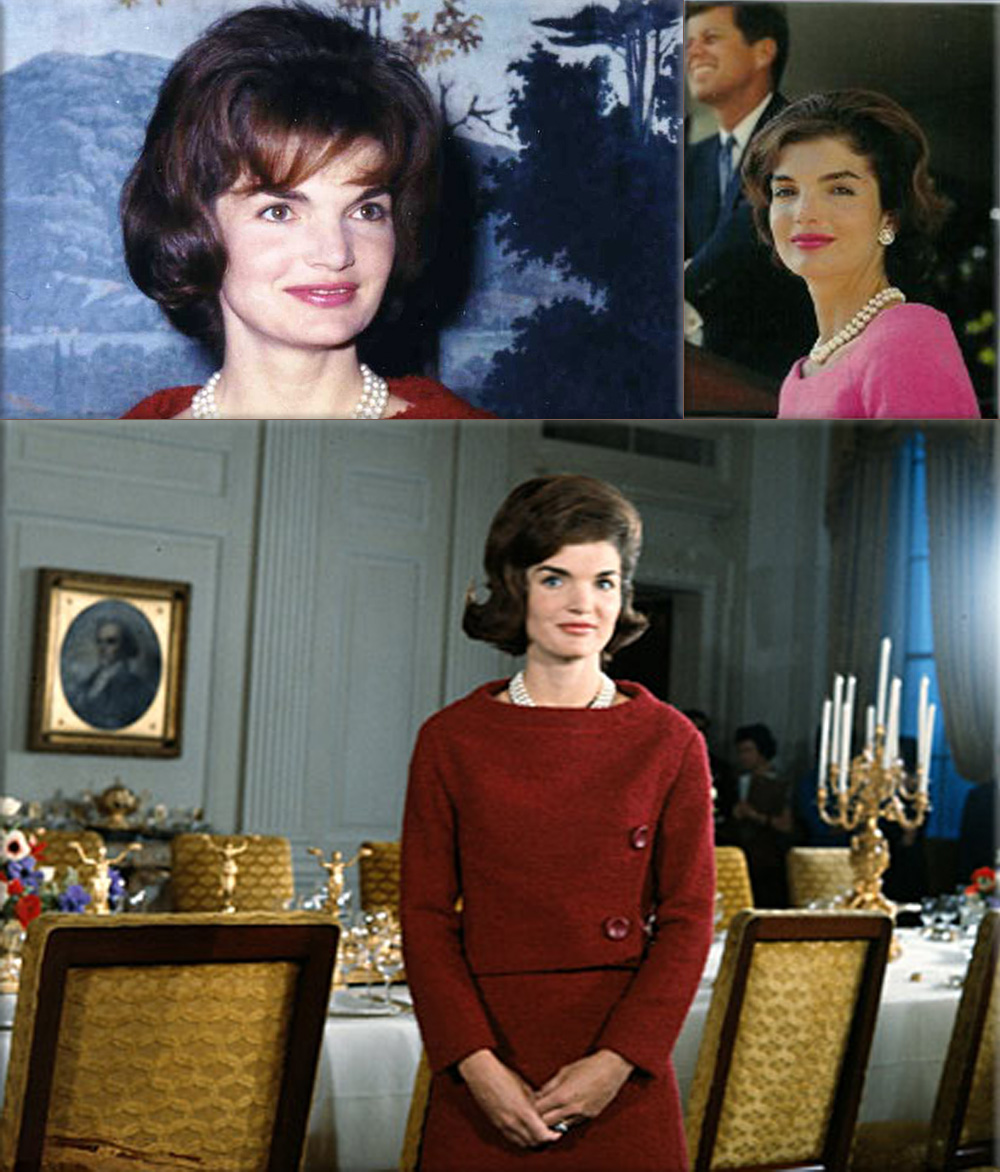
First Lady Jacqueline Kennedy takes television viewers on a tour of the White House.
Wikipedia Photo: First Lady Jacqueline Kennedy
February 14th, 1989

Union Carbide agrees to pay $470 million to the Indian government for damages it caused in the 1984 Bhopal Disaster.
Wikipedia Photo: Bhopal Disaster: Elderly survivors hold posters as they wait for the verdict near the courthouse in Bhopal, India, Monday. The court on Monday convicted seven former senior employees of Union Carbide's Indian subsidiary of "death by negligence" for their roles in the Bhopal gas tragedy that left an estimated 15,000 people dead more than a quarter century ago in the world's worst industrial disaster, credit Prakash Hatvalne, Associated Press.
February 14th, 2000
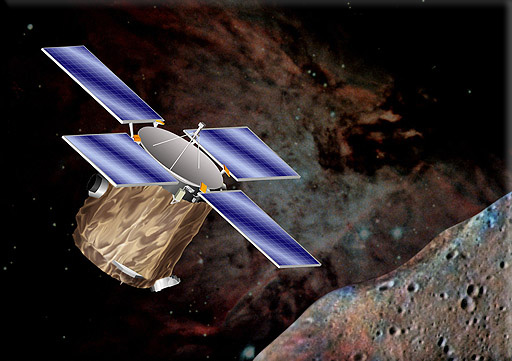
NEAR Shoemaker (Near Earth Asteroid Rendezvous) enters orbit around asteroid 433 Eros, the first spacecraft to orbit an asteroid.
Wikipedia Image: NEAR Shoemaker (Near Earth Asteroid Rendezvous - Shoemaker), renamed after its 1996 launch in honor of planetary scientist Eugene M. Shoemaker, was a robotic space probe designed by the Johns Hopkins University Applied Physics Laboratory for NASA to study the near-Earth asteroid Eros from close orbit over a period of a year.
February 14th, 2005
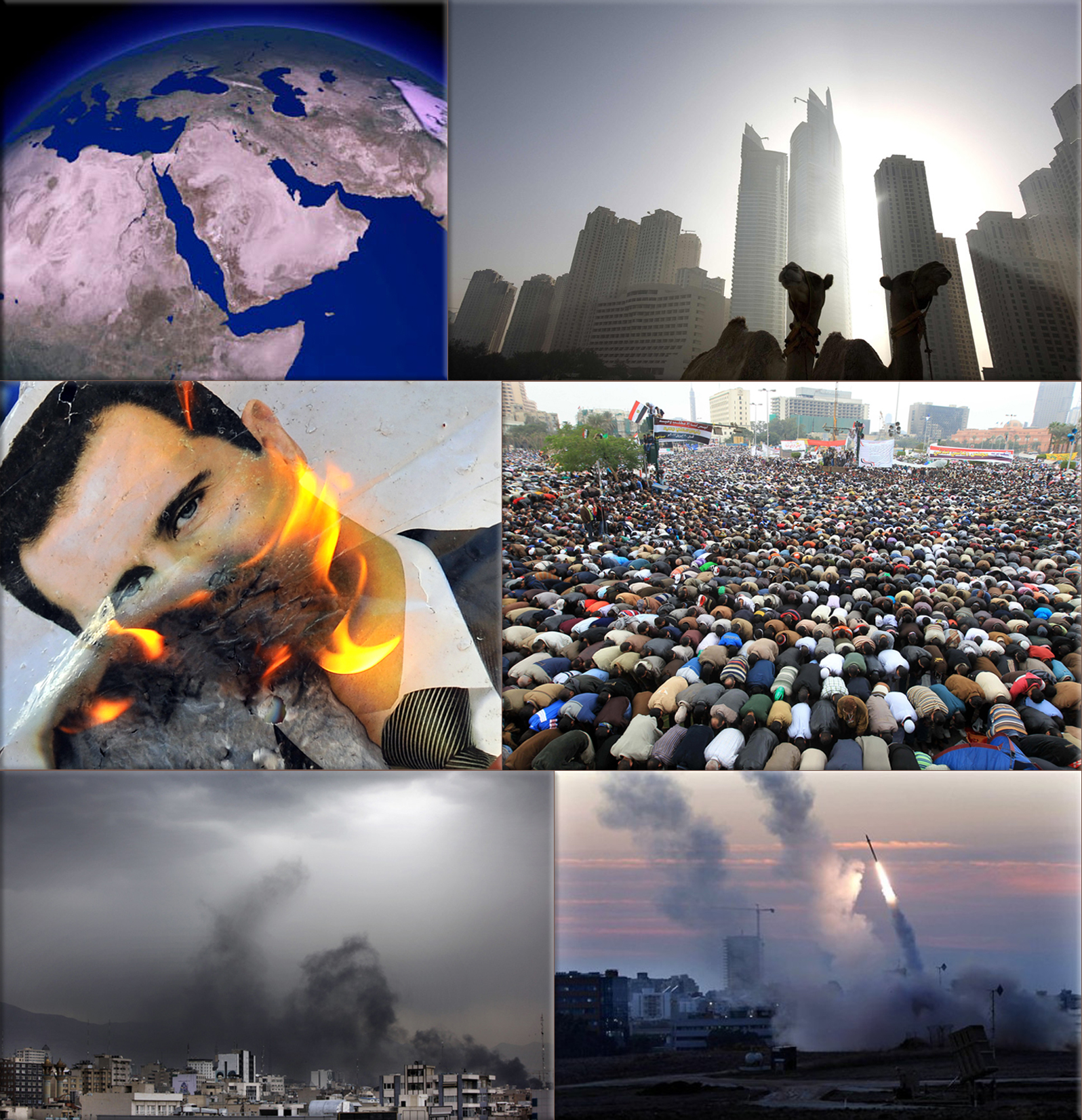
Modern conflicts in the Middle East, social unrest and terrorist attacks:
2005 - Assassination of Rafic Hariri; Lebanese self-made billionaire and business tycoon Rafik Hariri is killed, along with 21 others, when explosives, are detonated as his motorcade drove near the St. George Hotel in Beirut.
2005 - Seven people are killed and 151 wounded in a series of bombings by suspected al-Qaeda-linked militants that hit the Philippines' Makati financial district in Metro Manila, Davao City and General Santos City.
Wikipedia Photo: Middle East satellite image, NASA. ● Camels are seen early morning on a beach in the Marina area of Dubai October 16, 2008. (Steve Crisp, Reuters) ● A portrait of Syrian President Bashar al-Assad burns during clashes between rebels and Syrian troops in Selehattin, near Aleppo, on July 23, 2012. (Bulent Kilic, AFP / GettyImages) ● Egyptians gather in their thousands in Tahrir Square to mark the one year anniversary of the revolution on Jan. 25, 2012 in Cairo Egypt. Tens of thousands have gathered in the square on the first anniversary of the Arab uprising which toppled President Hosni Mubarak. (Jeff J Mitchell, Getty Images) ● Black smoke rises above the Tehran skyline as supporters of Mir Hossein Mousavi burn tires and other material in the streets as they fight running battles with police to protest the declared results of the Iranian presidential election in Tehran, Iran, Saturday, June 13, 2009. (Ben Curtis, AP) ● The Iron Dome defense system fires to interecpt incoming missiles from Gaza in the port town of Ashdod, Thursday, Nov. 15, 2012. (Tsafrir Abayov, AP)
February 14th, 2008
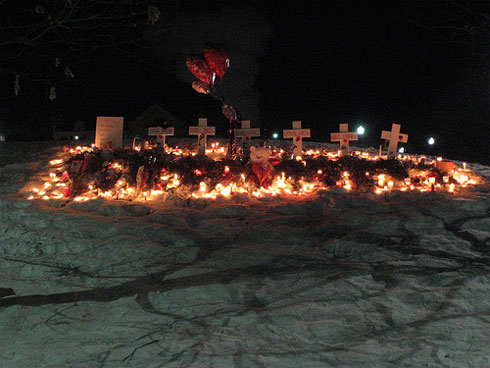
Northern Illinois University shooting: a gunman opened fire in a lecture hall of the DeKalb County, Illinois university resulting in 6 fatalities (including gunman) and 18 injuries.
Wikipedia Photo: Northern Illinois University shooting memorial.
February 14th, 2011

Arab Spring: Bahraini uprising; a series of demonstrations, amounting to a sustained campaign of civil resistance, in the Persian Gulf country of Bahrain begins with a "Day of Rage".
Wikipedia Photo: Millions of anti-government protesters demonstrate in Liberation Square, Cairo, Egypt.
February 14th, 2018

Douglas High School shooting: A school shooting at Marjory Stoneman Douglas High school occurs in Parkland, Florida killing 17, and 15 more hospitalized, making it one of the world's deadliest school massacres.
Wikipedia Photo: Douglas High School shooting: A school shooting at Marjory Stoneman Douglas High school occurs in Parkland, Florida killing 17, and 15 more hospitalized, making it one of the world's deadliest school massacres.
